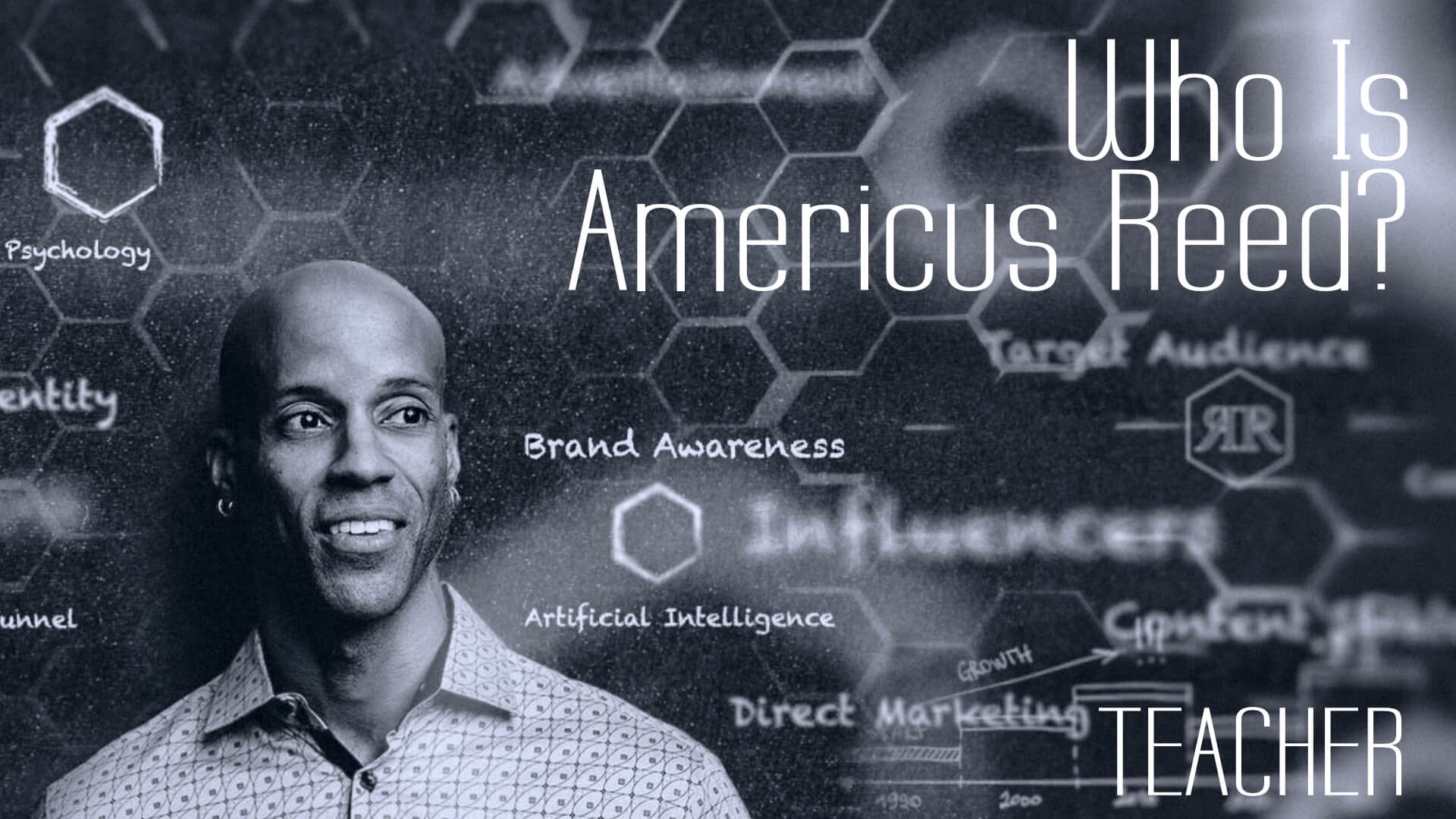Teaching

Play Video
“The mediocre teacher tells. The good teacher explains. The superior teacher demonstrates. The great teacher inspires.”
― William Arthur Ward
As an educator, I have taught a variety of courses and programs at the undergraduate, MBA, Executive Education and Ph.d. levels. I teach Consumer behavior (undergraduates) and Customer Analysis for day-time MBAs and Executives. I constantly try to keep these courses relevant and engaging. For example, I do not use text books or cases. I use Podcasts. I constantly strive to enhance the classroom with real world applications that promote hands-on learning and tools that can be readily applied to critical customer analysis, marketing, branding and strategy questions. In my classes, I typically use a balance of “theory” and “practice.” The first part of the week, we use conceptual models of consumer decision making and persuasion processes to explore the nuances of specific consumer behavior phenomena (e.g., attention, motivation, etc.) and the second part of the week expands those ideas either in a hands on lab analysis application of a specific customer analysis tool, an applied simulation illustrating the issue, or guest speakers from industry who expand on key aspects of the problem. I find that this pedagogical approach motivates the students to see the ways in which the theory applies to the “real” world. Here you can download a sample syllabus.
Teaching

Play Video
“The mediocre teacher tells. The good teacher explains. The superior teacher demonstrates. The great teacher inspires.”
― William Arthur Ward
As an educator, I have taught a variety of courses and programs at the undergraduate, MBA, Executive Education and Ph.d. levels. I teach Consumer behavior (undergraduates) and Customer Analysis for day-time MBAs and Executives. I constantly try to keep these courses relevant and engaging. For example, I do not use text books or cases. I use Podcasts. I constantly strive to enhance the classroom with real world applications that promote hands-on learning and tools that can be readily applied to critical customer analysis, marketing, branding and strategy questions. In my classes, I typically use a balance of “theory” and “practice.” The first part of the week, we use conceptual models of consumer decision making and persuasion processes to explore the nuances of specific consumer behavior phenomena (e.g., attention, motivation, etc.) and the second part of the week expands those ideas either in a hands on lab analysis application of a specific customer analysis tool, an applied simulation illustrating the issue, or guest speakers from industry who expand on key aspects of the problem. I find that this pedagogical approach motivates the students to see the ways in which the theory applies to the “real” world. Here you can download a sample syllabus.






